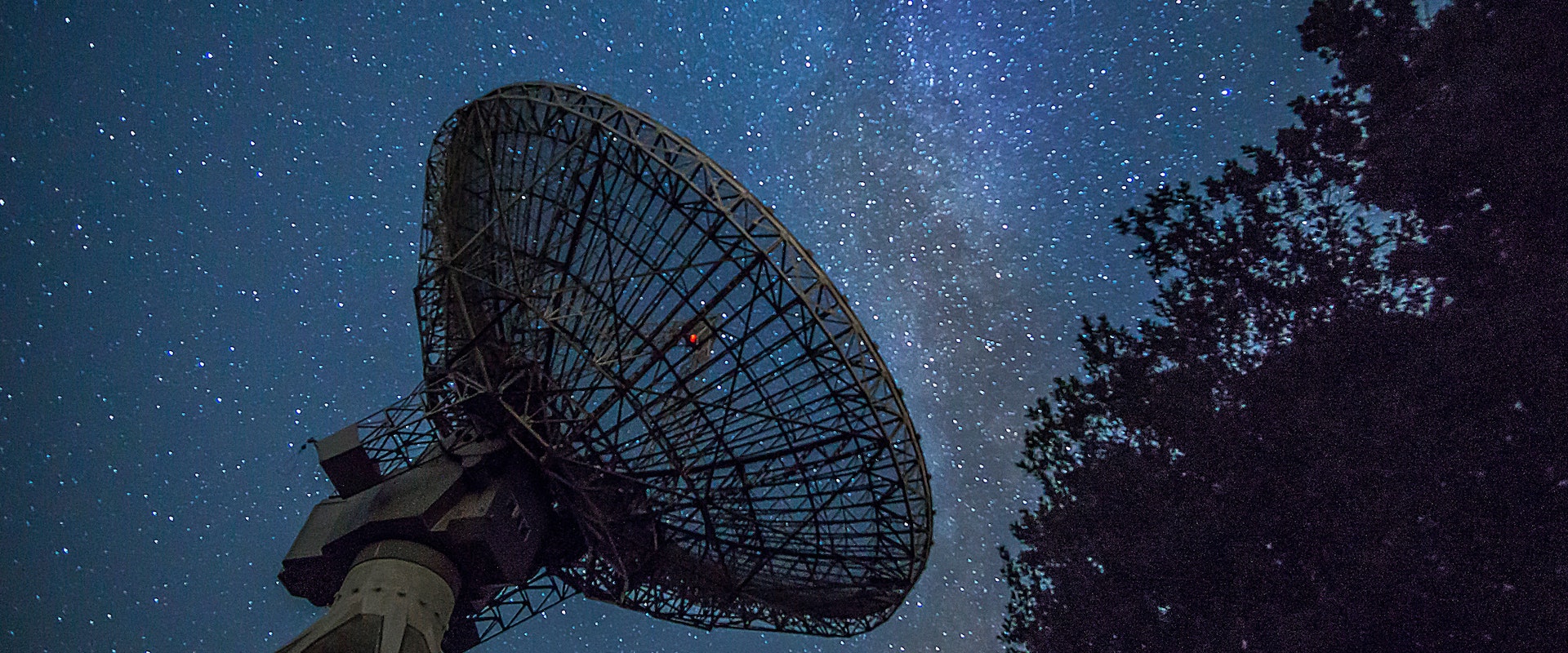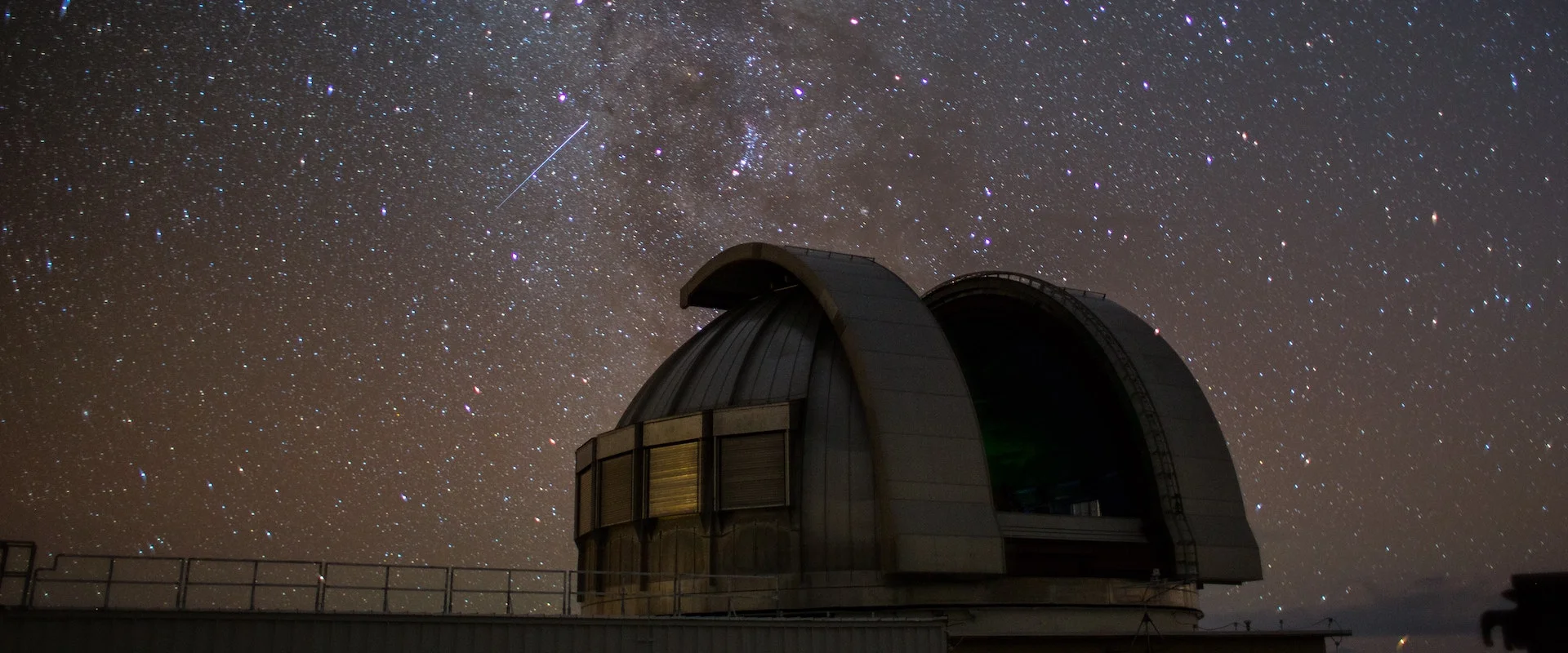Unlocking the Mysteries of the Oort Cloud: The Cosmic Nursery of Comets
Dive into the enigmatic realm of the Oort Cloud and its pivotal role in generating comets. This exploration unveils the origins, dynamics, and significance of these celestial wanderers, shedding light on the distant reaches that influence our cosmic neighborhood.




















